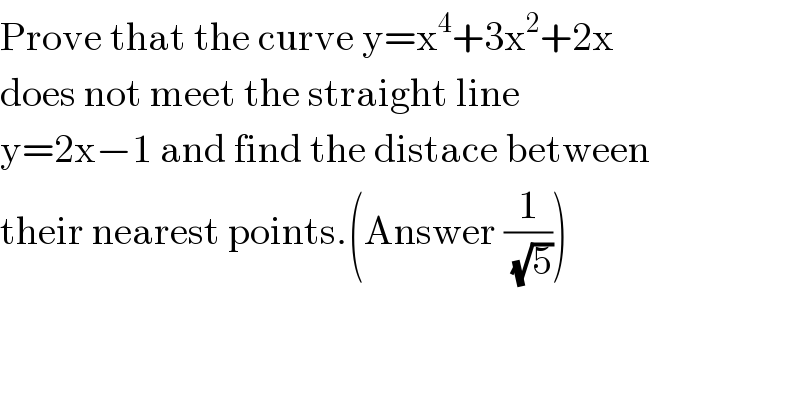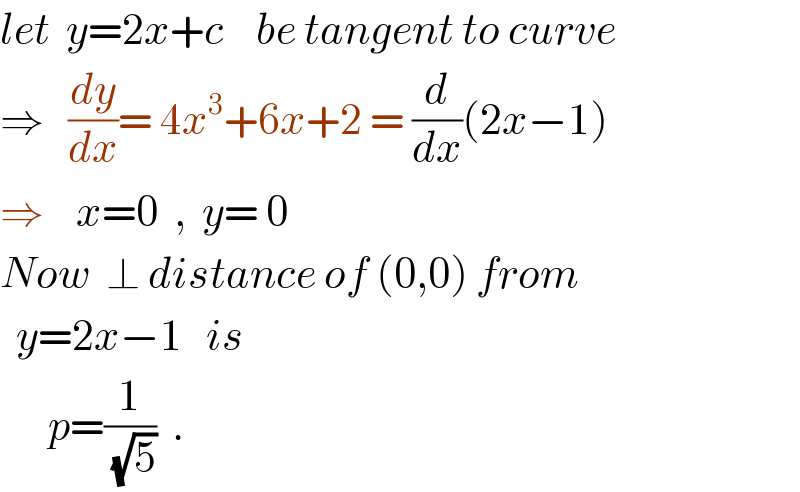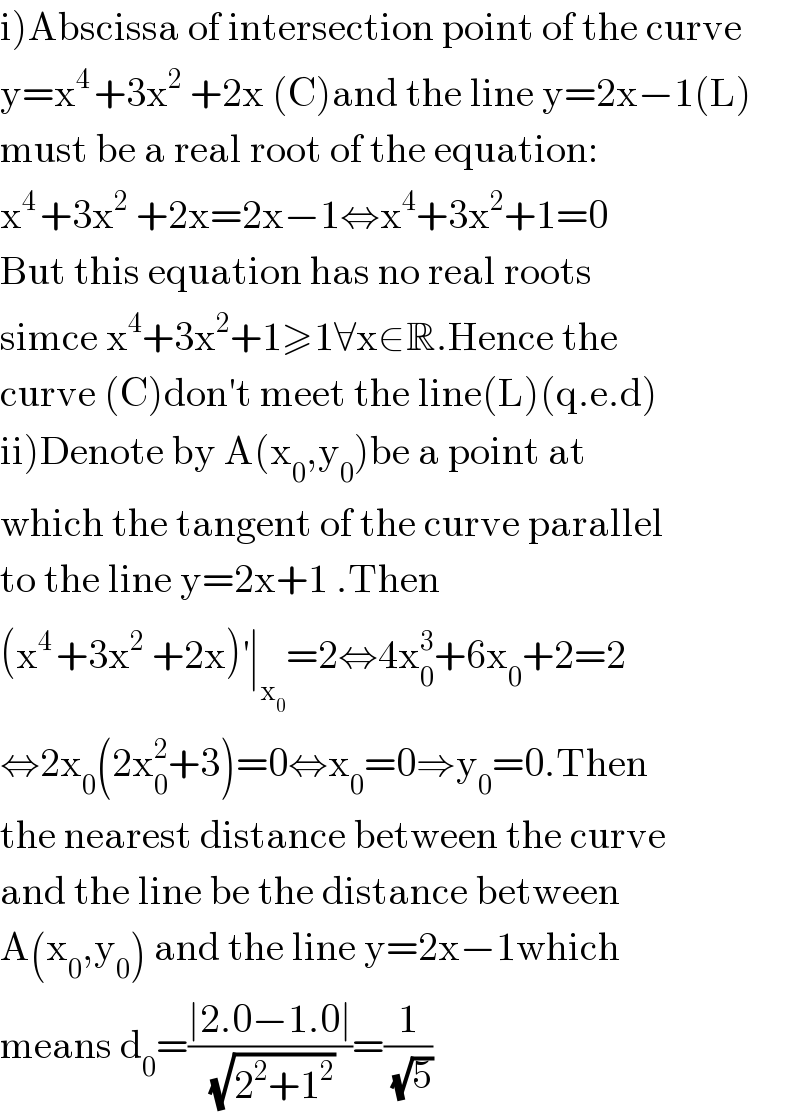Question Number 105456 by 1549442205PVT last updated on 29/Jul/20

Answered by ajfour last updated on 29/Jul/20

Commented by Ari last updated on 29/Jul/20
Sir, if you can, clarify through actions your reasoning that there is ambiguity
Commented by 1549442205PVT last updated on 29/Jul/20

Answered by 1549442205PVT last updated on 29/Jul/20

Commented by Ari last updated on 29/Jul/20
you are right
